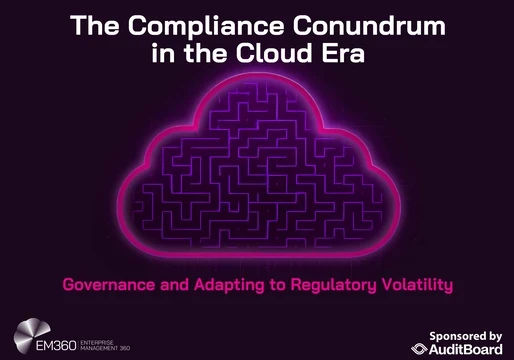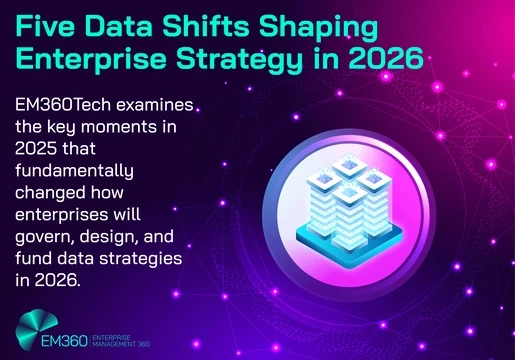Software development has exploded into complexity. Microservices everywhere. Cloud-native this, DevOps that. Developers aren't just coding anymore—they're juggling infrastructure, security, monitoring, and deployment pipelines like some kind of technical circus act.
Platform engineering emerged to fix this chaos. Not just another buzzword, mind you. It's becoming essential for organizations that want to scale without losing their sanity.
The Internal Developer Portal (IDP) sits at the heart of this movement. Think of it as a control center where developers can actually get stuff done without wrestling with ten different tools, hunting down documentation, or begging the ops team for access to staging environments.
But here's where it gets interesting: most IDPs fail spectacularly.

Why Developer Portals Actually Matter Now
Cognitive load kills productivity. Period.
Today's developers wear multiple hats—they're writing code, managing infrastructure, handling security compliance, and troubleshooting deployment issues. It's exhausting. Spotify recognized this problem early and built Backstage as their internal solution. What started as an internal tool became the foundation for thousands of organizations worldwide.
The data backs this up. A 2023 CNCF survey found that 62% of organizations prioritize developer self-service capabilities. More importantly, teams using IDPs deploy code 23% more frequently than those stuck with manual processes.
But raw numbers don't tell the whole story. The real win? Developers can focus on building features instead of fighting infrastructure. When your deployment pipeline "just works" and your monitoring is automatically configured, you ship faster. Much faster.
Where IDPs Go Wrong (And Why)
I've seen this pattern repeatedly across organizations: they build elaborate, feature-rich portals that nobody uses. The failure modes are predictable and painful.
Over-engineering happens first. Teams get obsessed with building the "ultimate" platform. They add every integration, every possible feature, every edge case they can imagine. Six months later, they have a beautifully complex system that solves problems nobody actually has.
Adoption stalls next. If your portal doesn't solve genuine pain points, developers will ignore it. They'll stick with their existing workflows, even if those workflows are suboptimal. Why? Because learning a new tool takes time, and if it doesn't provide immediate value, it's not worth the effort.
Tool sprawl follows. Without proper governance, different teams start building their own solutions. Before you know it, you have five different deployment tools, three monitoring systems, and zero consistency across teams.
The result? Your IDP becomes an expensive monument to good intentions.
What Makes IDPs Actually Work
1. Golden Paths That Guide Without Restricting
Golden paths are your secret weapon. They're opinionated workflows that make the "right" way also the "easy" way.
Think about it: most developers need to do common tasks—create a new service, set up monitoring, deploy to staging. Instead of making them figure out your company's specific process each time, you provide a clear, tested path that handles the complexity for them.
Focus on the 80% use case. Don't try to solve every edge case upfront.
Spotify, Netflix, and Airbnb all use this approach. They provide clear, opinionated routes for common tasks while still allowing flexibility for special cases. The key is making the golden path so smooth that developers choose it naturally.
2. Plugin Architecture: Build for Change
Your IDP will evolve. New tools will emerge, requirements will change, and teams will want different integrations. If you don't plan for this from the start, you'll end up with a monolithic system that's impossible to modify.
Backstage demonstrates this perfectly with its plugin ecosystem. Out of the box, you get integrations for:
GitHub (source control)
Jenkins (CI/CD)
ArgoCD (GitOps)
PagerDuty (incident management)
Kubernetes (container orchestration)
But the real power comes from the ability to add new plugins as your needs change. This modular approach keeps your portal relevant as your organization grows.
3. Consistency Beats Customization
Here's something counterintuitive: developers prefer consistency over customization. They want to know that every service follows the same patterns, uses the same naming conventions, and has the same monitoring setup.
Your IDP should be the single source of truth for:
Service scaffolding templates
API documentation standards
Deployment status dashboards
Environment management
Zalando and Thoughtworks have proven this approach works. They use service catalogs to enforce consistent patterns across hundreds of services, making it easier for developers to work on any project.
Real-World Success: How One Fintech Nailed Their IDP
A major fintech company with 300+ engineers was drowning in microservices chaos. Different teams used different tools, deployment took days, and nobody could get a clear picture of what was running where.
Their solution? They implemented Backstage to centralize everything—service catalogs, environment management, security scanning, the works.
Six months later, the numbers were impressive:
Deployment time: 3 days → 4 hours
Developer satisfaction: +27% increase
Security visibility: Real-time risk profiles for every service
But the real win wasn't the metrics. It was adoption. The platform became integral to their daily workflow, not some optional tool gathering dust. Developers actually wanted to use it because it made their lives easier.
That's the difference between a successful IDP and an expensive failure.
The Bottom Line: Build for Humans, Not Perfection
IDPs aren't just productivity tools—they're becoming essential infrastructure for scaling engineering teams without losing your mind. But success isn't about having the most features or the prettiest interface.
It's about solving real problems. Making common tasks trivial. Reducing friction instead of adding complexity.
Three rules for building IDPs that actually work:
Start small and focused.
Solve real problems, not imaginary ones.
Make the right thing the easy thing.
Remember: the best platform is the one developers actually use. Everything else is just expensive infrastructure theater.







Comments ( 0 )